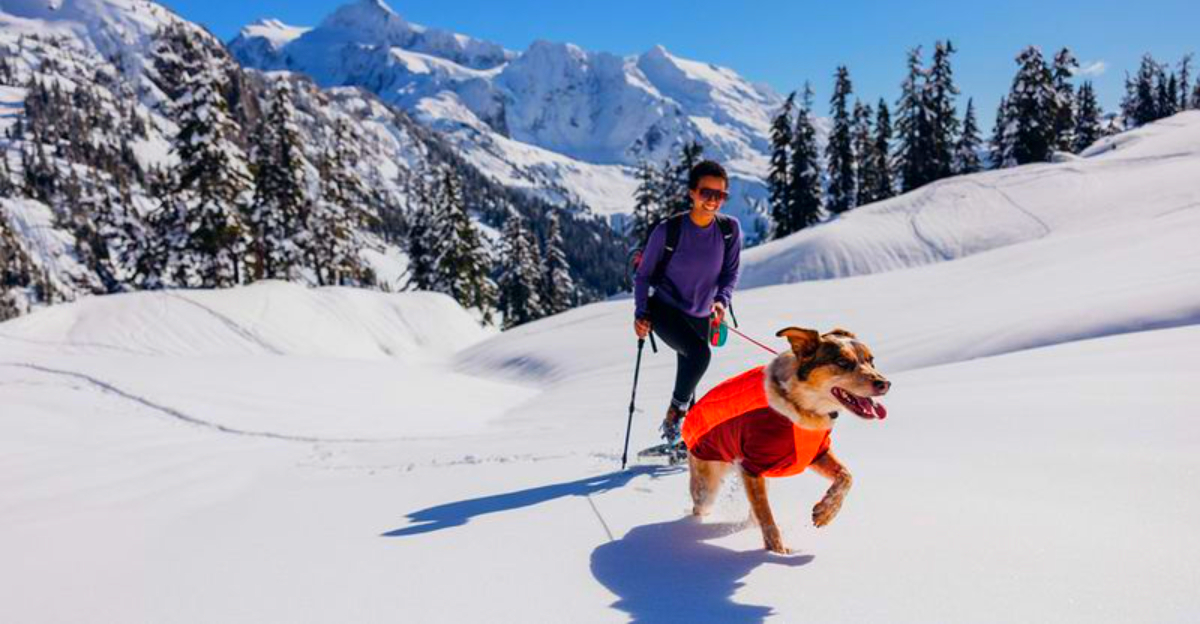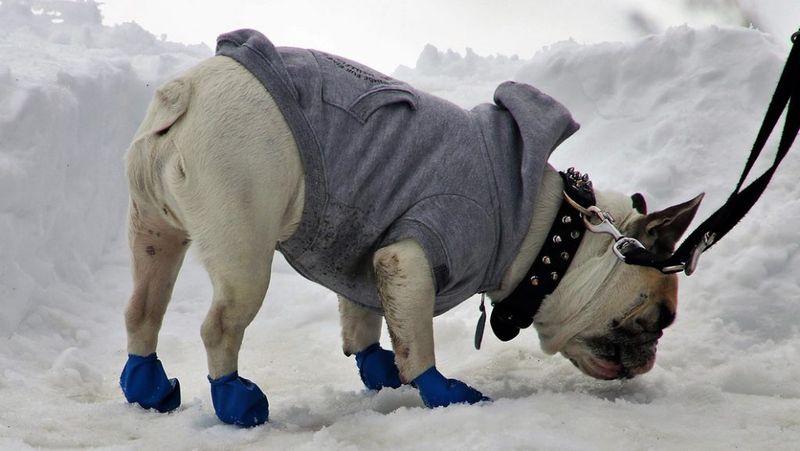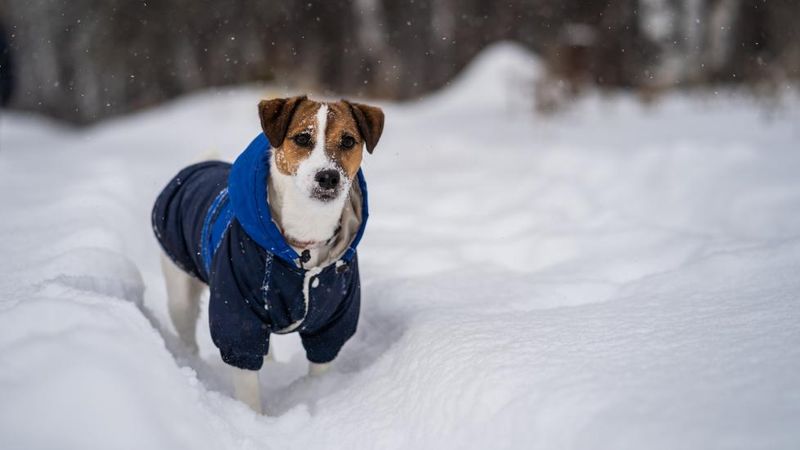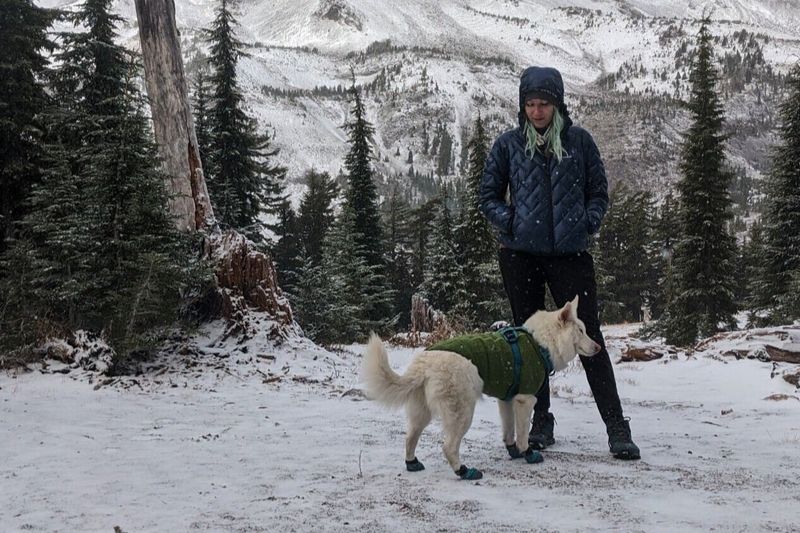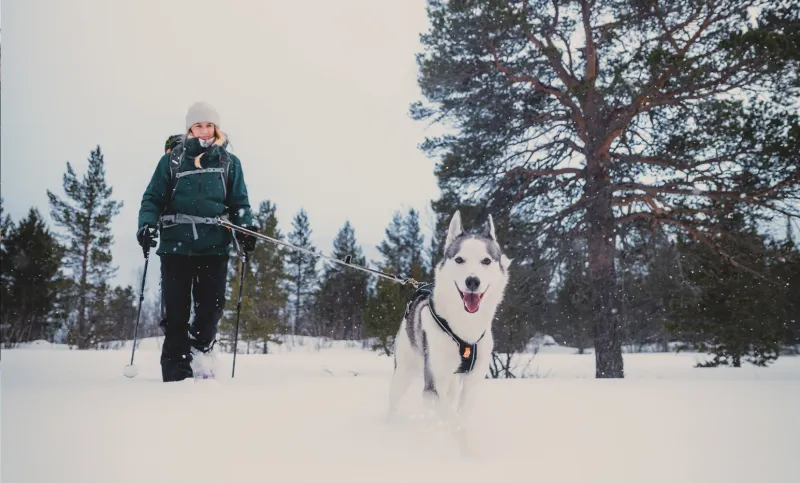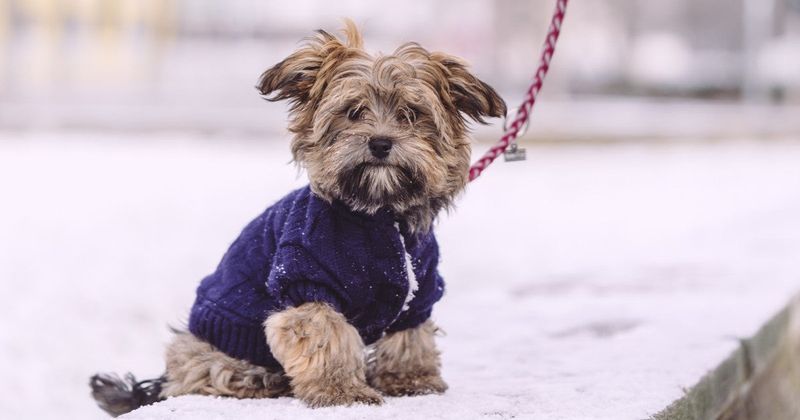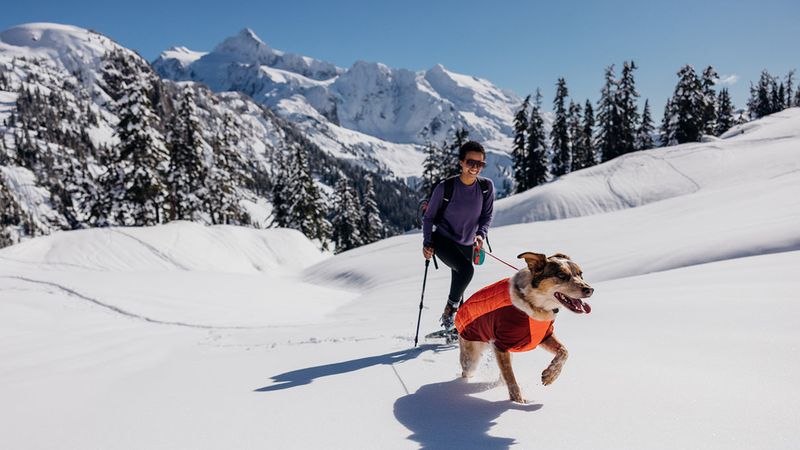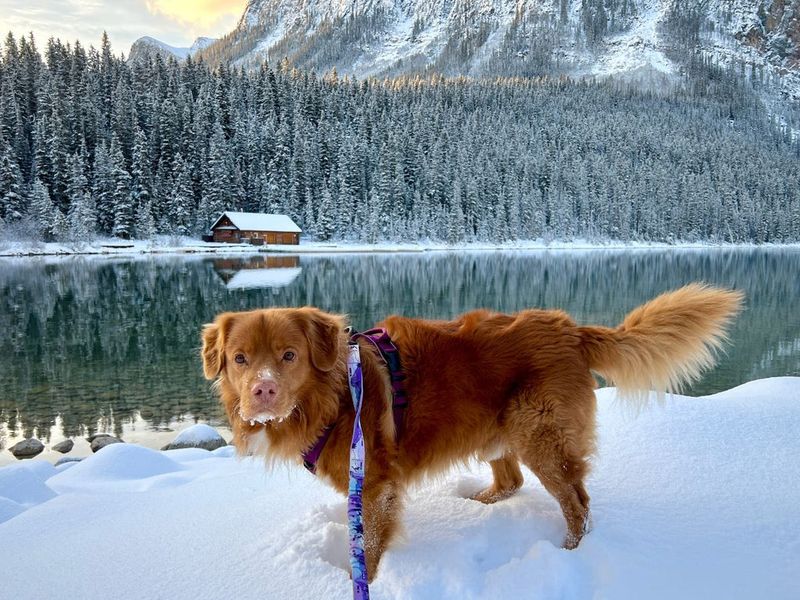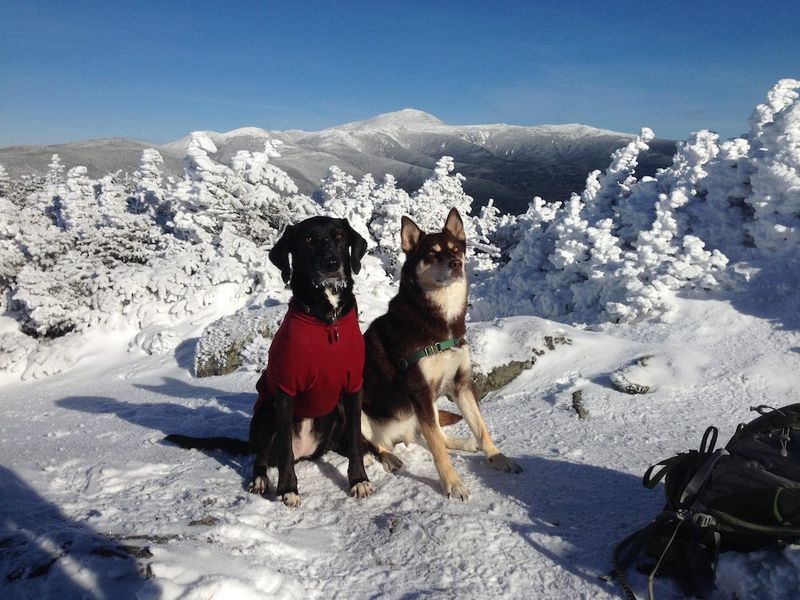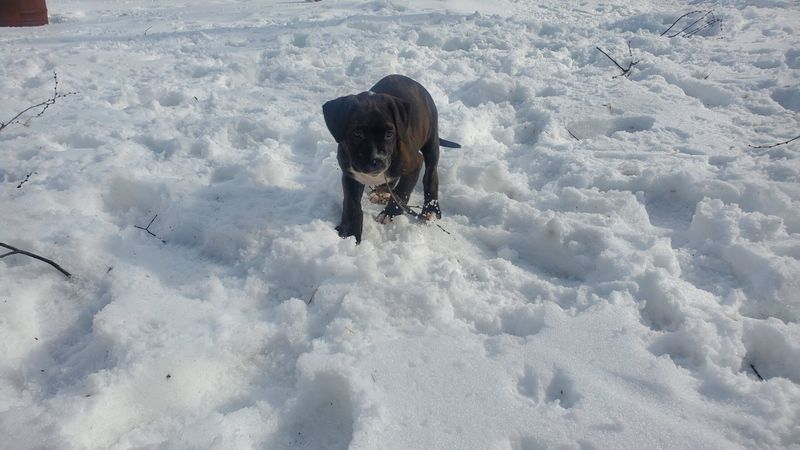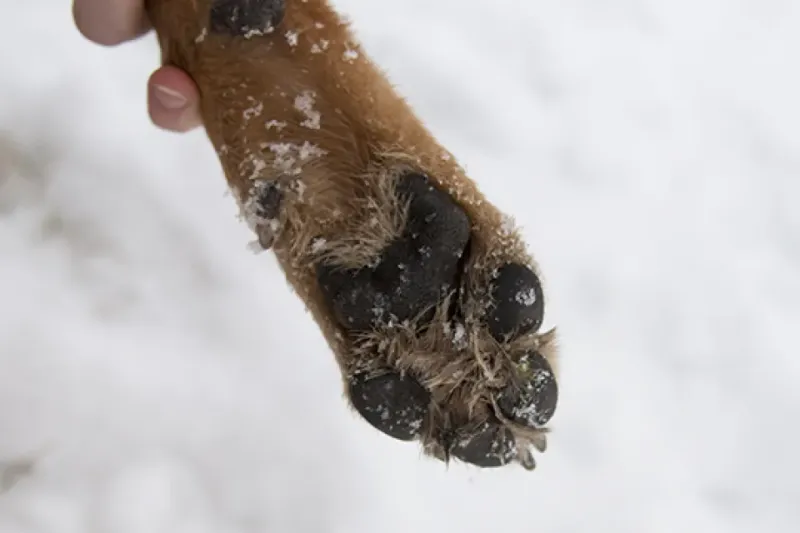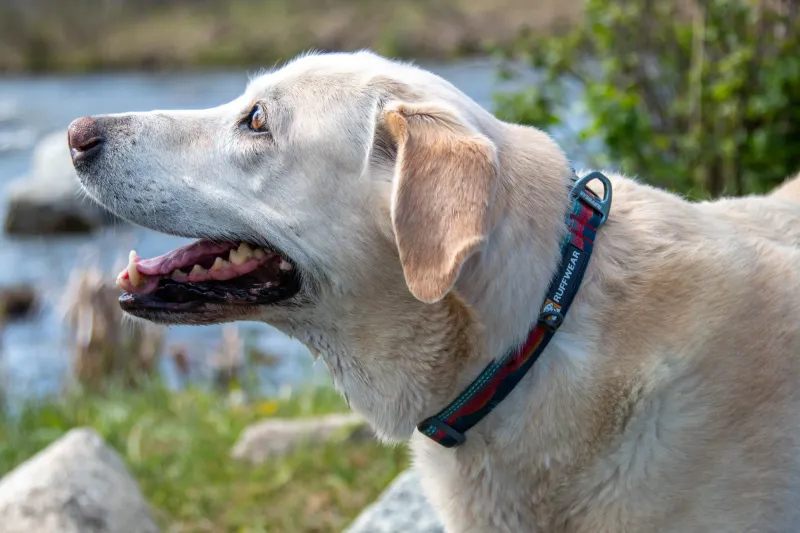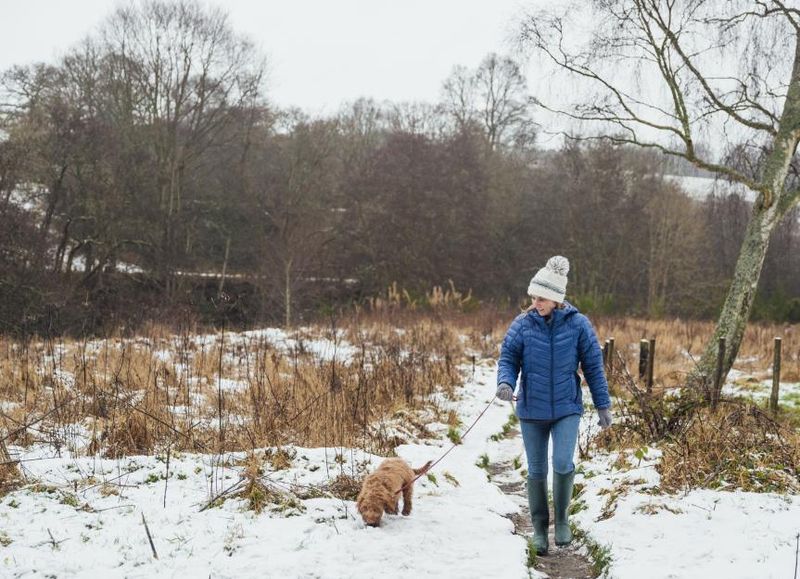Winter hikes can be magical – snow-covered trails, crisp air, and the quiet beauty of nature. But for dog owners, they can also bring hidden dangers. Cold weather, slippery terrain, and freezing temperatures can quickly turn a fun adventure into a risky situation. Whether you’re a seasoned hiker or just taking your pup out for a snowy stroll, avoiding these common mistakes can keep both of you safe and happy on the trail.
1. Skipping Paw Protection
Ice, salt, and frozen terrain can crack or burn your dog’s paw pads. Use dog booties or apply paw balm to offer protection. After your hike, rinse their paws to remove ice melt chemicals, which can irritate or be toxic if ingested.
This simple step ensures your dog’s comfort and safety. Without protection, dogs are prone to discomfort, limping, or refusing to walk. Some owners underestimate this, leading to paw injuries.
Investing in quality paw protection is essential. It might take a bit for your dog to adjust, but soon they’ll be eager to explore the snowy world.
2. Ignoring Weather Conditions
The thrill of snow shouldn’t cloud your judgment. Cold affects dogs differently than humans. Check the temperature, wind chill, and snow depth before you set out. Small breeds, short-haired dogs, and seniors are especially prone to hypothermia and frostbite.
Keep an eye on your dog’s behavior. If they shiver or seem sluggish, it’s a sign they’re too cold. Adjust your plans or equip them with an insulated coat.
Preparation is key to preventing cold-related issues. Weather conditions can change unexpectedly, so always have a backup plan to keep your furry friend safe and comfortable.
3. Overestimating Your Dog’s Endurance
Deep snow and slippery terrain require extra energy. Even active dogs tire more quickly in the cold. Keep hikes shorter than usual, and watch for signs of fatigue—like lagging behind or lifting paws off the ground.
Dogs may not always show when they’re exhausted. Owners often overestimate their pet’s stamina, leading to stressful situations. It’s crucial to observe your dog closely and take breaks as needed.
Listen to your pet’s signals and adjust your hike accordingly. Gradually build endurance with shorter trails before tackling more challenging paths. This approach ensures a positive experience for both of you.
4. Letting Your Dog Off-Leash in Snowy Areas
Freedom can be tempting, but safety comes first. Snow covers scents and landmarks, making it easy for dogs to lose their way. Even with perfect recall, a leash or long line is safer in unfamiliar or snow-covered terrain.
A dog can wander far before realizing they’re lost. This scenario causes stress for both the dog and owner. Maintaining control prevents accidents and keeps your pet within sight.
Choose security over risk by keeping your dog leashed. This simple measure ensures you can enjoy the winter wonderland without worry.
5. Forgetting Hydration
In winter, hydration is often overlooked. Cold weather can suppress thirst, but dehydration still happens. Bring fresh water and offer it regularly—don’t rely on your dog eating snow, which can lower body temperature and may contain contaminants.
Many assume snow is a sufficient water source. However, it doesn’t provide necessary hydration and can cause discomfort. Offering regular drinks prevents issues and supports your dog’s health.
Keep hydration a priority on all hikes. Bringing water might seem minor, but it makes a significant difference in your dog’s wellbeing during winter adventures.
6. Leaving Without Proper Gear
Adventure calls, but planning is vital. Your dog needs more than a leash and enthusiasm. Pack essentials like a collapsible water bowl, high-energy snacks, and an insulated coat. A reflective vest or LED collar enhances visibility in low light conditions.
Without proper gear, unexpected challenges can arise. Imagine needing to dry your dog without a towel or running out of water mid-hike. These can turn an adventure into a hassle quickly.
Preparation reduces risks and ensures comfort. Equip yourself with the right tools and make the hike enjoyable and safe for your canine companion.
7. Neglecting Calorie Needs
Winter hikes demand extra energy. Your dog burns more calories staying warm and trekking through snow. Increase meal portions slightly on hiking days, especially for working or high-energy breeds.
Lack of proper nutrition can lead to fatigue or cold stress. High-protein treats help maintain energy levels and keep your dog enthusiastic throughout the hike.
Prepare by packing snacks that boost stamina. Adjusting calorie intake ensures your dog remains active and resilient against the winter chill. This approach supports their overall health and enhances their hiking experience.
8. Overlooking Trail Hazards
The beauty of winter masks its dangers. Hidden ice, sharp rocks, and frozen creeks can injure your dog. Stick to marked trails and watch for signs of pain or limping. Avoid lakes and ponds unless you’re certain the ice is thick and stable.
Owners often underestimate these hazards, assuming the trail is safe. Paying attention to potential risks prevents injuries and ensures your dog’s safety.
Stay vigilant and choose paths wisely. Awareness of trail conditions protects your furry friend and lets you both enjoy nature’s winter magic without incident.
9. Ignoring Signs of Cold Stress
Dogs express cold stress through subtle cues. If your dog shivers, whines, slows down, or curls up, it’s time to head back. These are early signs of hypothermia. Dry them quickly, wrap them in a blanket, and get to warmth immediately.
Ignoring these signs can lead to severe health issues. Owners must be attentive and responsive to their dog’s needs in cold weather.
Acting swiftly minimizes risks and ensures your pet’s wellbeing. Recognizing cold stress signs is crucial for maintaining a safe and enjoyable hiking experience.
10. Not Doing a Post-Hike Check
Post-hike routines are vital. After your adventure, inspect your dog for ice balls between toes, salt burns, or cuts. Dry their fur completely and give them a warm, quiet spot to rest.
Neglecting this step can lead to discomfort or hidden injuries. A post-hike check ensures any issues are addressed immediately, promoting recovery.
This thoughtful routine fosters a positive association with winter hikes. A warm cuddle or snack helps your dog relax and fosters a love for future adventures.
11. Using Metal Gear in Freezing Temperatures
Metal collars or tags can turn dangerously cold. They may cause frostbite if pressed against your dog’s skin. Opt for plastic tags, fabric collars, or cover metal parts with tape or cloth when temperatures drop.
Owners often overlook this simple adjustment. Metal gear can be uncomfortable and harmful in freezing weather.
Choosing the right materials ensures comfort and safety. This small change makes a significant difference in protecting your dog from the cold.
12. Forgetting to Check Local Trail Rules
Before embarking, check trail rules. Some trails restrict pets during winter months to protect wildlife or fragile ecosystems. Always consult park or trail websites to ensure dogs are allowed on your planned route.
Ignoring this could lead to fines or disruptions. Knowing the rules fosters respect for nature and fellow hikers.
Being informed enriches your hiking experience. It ensures compliance and allows you to enjoy the beauty of the trail without unexpected challenges.
